Assessment of the potential respiratory hazard of volcanic ash from future Icelandic eruptions: a study of archived basaltic to rhyolitic ash samples
- PMID: 28893249
- PMCID: PMC5594494
- DOI: 10.1186/s12940-017-0302-9
Assessment of the potential respiratory hazard of volcanic ash from future Icelandic eruptions: a study of archived basaltic to rhyolitic ash samples
Abstract
Background: The eruptions of Eyjafjallajökull (2010) and Grímsvötn (2011), Iceland, triggered immediate, international consideration of the respiratory health hazard of inhaling volcanic ash, and prompted the need to estimate the potential hazard posed by future eruptions of Iceland's volcanoes to Icelandic and Northern European populations.
Methods: A physicochemical characterization and toxicological assessment was conducted on a suite of archived ash samples spanning the spectrum of past eruptions (basaltic to rhyolitic magmatic composition) of Icelandic volcanoes following a protocol specifically designed by the International Volcanic Health Hazard Network.
Results: Icelandic ash can be of a respirable size (up to 11.3 vol.% < 4 μm), but the samples did not display physicochemical characteristics of pathogenic particulate in terms of composition or morphology. Ash particles were generally angular, being composed of fragmented glass and crystals. Few fiber-like particles were observed, but those present comprised glass or sodium oxides, and are not related to pathogenic natural fibers, like asbestos or fibrous zeolites, thereby limiting concern of associated respiratory diseases. None of the samples contained cristobalite or tridymite, and only one sample contained quartz, minerals of interest due to the potential to cause silicosis. Sample surface areas are low, ranging from 0.4 to 1.6 m2 g-1, which aligns with analyses on ash from other eruptions worldwide. All samples generated a low level of hydroxyl radicals (HO•), a measure of surface reactivity, through the iron-catalyzed Fenton reaction compared to concurrently analyzed comparative samples. However, radical generation increased after 'refreshing' sample surfaces, indicating that newly erupted samples may display higher reactivity. A composition-dependent range of available surface iron was measured after a 7-day incubation, from 22.5 to 315.7 μmol m-2, with mafic samples releasing more iron than silicic samples. All samples were non-reactive in a test of red blood cell-membrane damage.
Conclusions: The primary particle-specific concern is the potential for future eruptions of Iceland's volcanoes to generate fine, respirable material and, thus, to increase ambient PM concentrations. This particularly applies to highly explosive silicic eruptions, but can also hold true for explosive basaltic eruptions or discrete events associated with basaltic fissure eruptions.
Keywords: Air pollution; Free radicals; Haemolysis; Health hazard; Particle characterization; Volcanic ash.
Conflict of interest statement
Ethics approval and consent to participate
Not applicable
Consent for publication
Not applicable
Competing interests
CJH is the director of the International Volcanic Health Hazard Network (IVHHN), DED is a deputy director, and BF and KD are expert members. The authors declare that they have no competing interests.
Publisher’s Note
Springer Nature remains neutral with regard to jurisdictional claims in published maps and institutional affiliations.
Figures
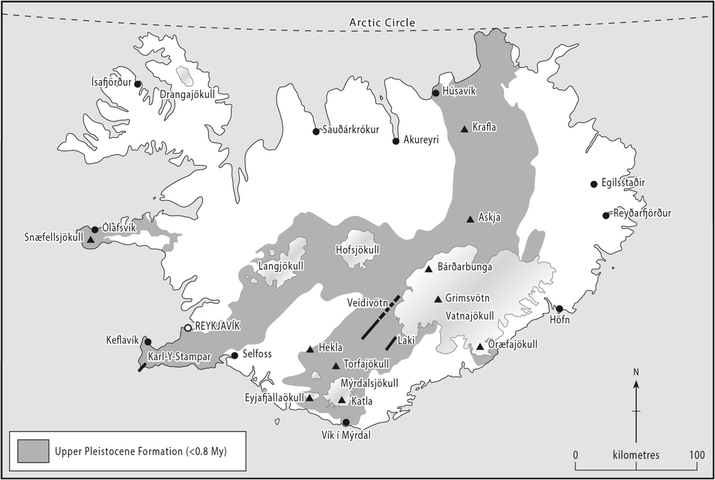
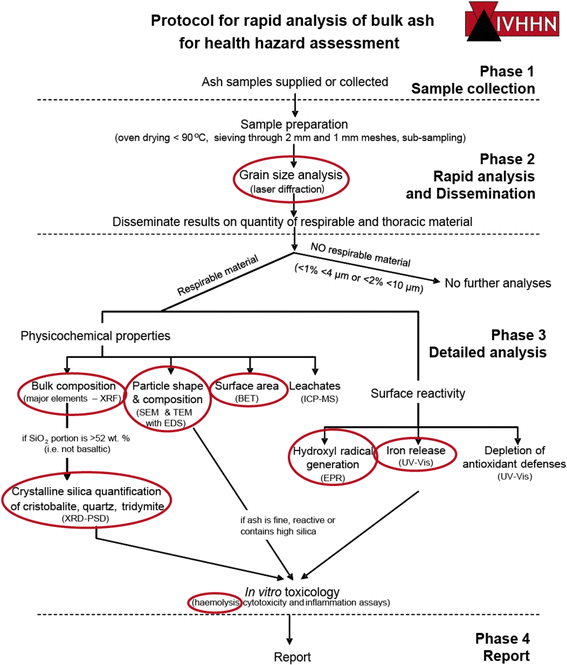
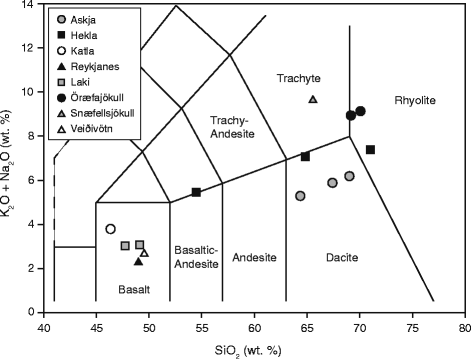
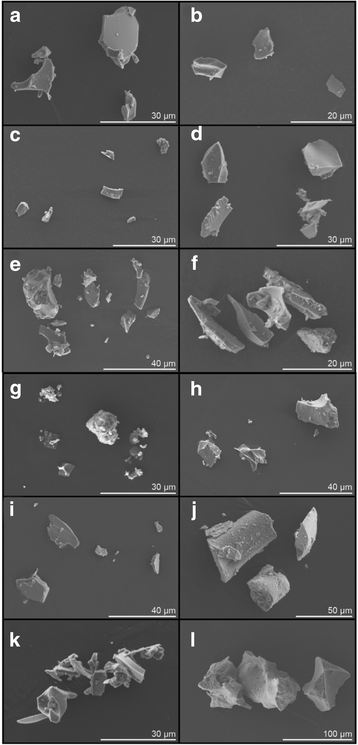
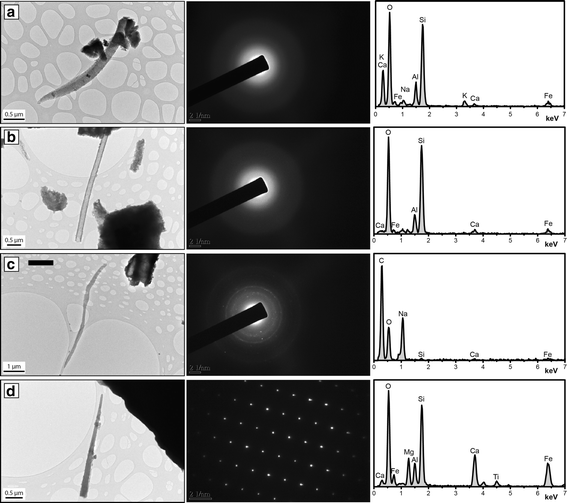
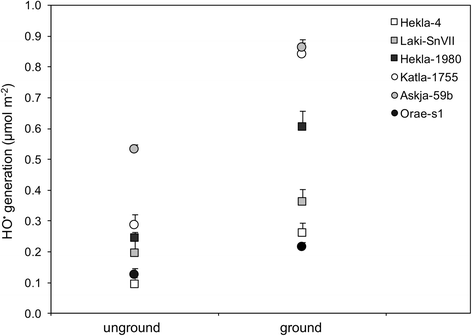
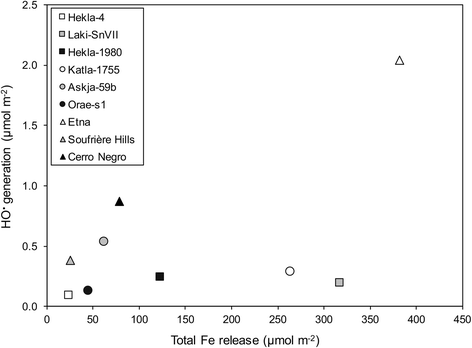
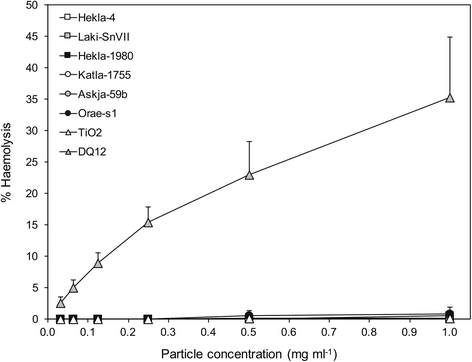
Similar articles
-
Physicochemical and toxicological profiling of ash from the 2010 and 2011 eruptions of Eyjafjallajökull and Grímsvötn volcanoes, Iceland using a rapid respiratory hazard assessment protocol.Environ Res. 2013 Nov;127:63-73. doi: 10.1016/j.envres.2013.08.011. Epub 2013 Nov 20. Environ Res. 2013. PMID: 24267795
-
The in vitro respiratory toxicity of cristobalite-bearing volcanic ash.Environ Res. 2016 Feb;145:74-84. doi: 10.1016/j.envres.2015.11.020. Epub 2015 Dec 6. Environ Res. 2016. PMID: 26630620
-
Emergency hospital visits in association with volcanic ash, dust storms and other sources of ambient particles: a time-series study in Reykjavík, Iceland.Int J Environ Res Public Health. 2015 Apr 13;12(4):4047-59. doi: 10.3390/ijerph120404047. Int J Environ Res Public Health. 2015. PMID: 25872017 Free PMC article.
-
[Effects of volcanic eruptions on human health in Iceland. Review].Laeknabladid. 2016 Oktober;102(10):433-441. doi: 10.17992/lbl.2016.10.101. Laeknabladid. 2016. PMID: 27813483 Review. Icelandic.
-
Respiratory health effects of volcanic ash with special reference to Iceland. A review.Clin Respir J. 2011 Jan;5(1):2-9. doi: 10.1111/j.1752-699X.2010.00231.x. Epub 2010 Nov 29. Clin Respir J. 2011. PMID: 21159135 Review.
Cited by
-
Guidelines and metadata model for a repository of volcanic samples.Bull Volcanol. 2025;87(5):32. doi: 10.1007/s00445-025-01816-1. Epub 2025 Apr 9. Bull Volcanol. 2025. PMID: 40226443 Free PMC article.
-
Spatial Distribution and Physicochemical Properties of Respirable Volcanic Ash From the 16-17 August 2006 Tungurahua Eruption (Ecuador), and Alveolar Epithelium Response In-Vitro.Geohealth. 2022 Dec 1;6(12):e2022GH000680. doi: 10.1029/2022GH000680. eCollection 2022 Dec. Geohealth. 2022. PMID: 36545343 Free PMC article.
-
Physicochemical Properties and Bioreactivity of Sub-10 μm Geogenic Particles: Comparison of Volcanic Ash and Desert Dust.Geohealth. 2025 Jan 8;9(1):e2024GH001171. doi: 10.1029/2024GH001171. eCollection 2025 Jan. Geohealth. 2025. PMID: 39790373 Free PMC article.
-
Nonlinearity of the Upconversion Response of Er3+ in Y2TiO5:Er3+,Yb3+ Ceramics When Varying the Wavelength of Incident NIR Excitation Radiation.Materials (Basel). 2024 Aug 11;17(16):3994. doi: 10.3390/ma17163994. Materials (Basel). 2024. PMID: 39203172 Free PMC article.
References
-
- World Health Organization . Review of evidence on health aspects of air pollution – REVIHAAP project: final technical report. Bonn: WHO European Centre for Environment and Health; 2013.
Publication types
MeSH terms
Substances
LinkOut - more resources
Full Text Sources
Other Literature Sources
Medical
Research Materials
Miscellaneous

